Cable Tray Bends
Classification :
Cable Tray
Keywords:
Cable Tray
|
Product Name |
Cable Tray Bends |
|
Material |
Galvanized, hot dip galvanized, stainless steel, spray |
|
|
Thickness: 0.3-3.0mm Aluminium alloy:0.8-3.0mm |
|
Height: 50-300mm |
|
|
Width: 50-1200mm |
|
|
Length: 2-6M (can be produced according to appointed length) |
|
|
All kinds of non-standard products can be customized. |
|
|
Surface Finish |
Electro galvanized,Hot dip galvanized,Powder coating,custom |
|
Color |
As customer requirments |
|
Price Terms |
FOB, EXW, CIF, CFR |
|
Payment Term |
L/C, T/T, Paypal, Alibaba trade assurance |
|
Package |
Waterproof bundle or according to customer's requirements |
The Cable Tray Bends are a key component in the cable tray system, which has the following functions:
1. Turning and guiding: Cable Tray Bends are usually used to change the direction and direction of cable trays. It can make cables turn in different directions to adapt to different wiring needs and environmental conditions. By using elbows, effective cable layout and guidance can be achieved, ensuring safe and orderly passage of cables through different paths and angles.
2. Support and fixation: It can help support the structure of the cable tray system and bear the weight of the cables. Elbows usually have strong structure and stability, providing good support and fixation functions, ensuring the stability and reliability of cable tray systems.
3. Guide cable installation: Cable Tray Bends typically have guide grooves or conduits that guide cables into the tray system and ensure that the cables remain in the correct position and direction within the elbow area. This helps to simplify the installation process of cables and ensure the accuracy and maintainability of cable routing.
4. Buffering and protection: When the cable passes through the elbow, the elbow can buffer the stress and tension that the cable is subjected to. It can reduce the stress on cables at turns and prevent them from being damaged due to excessive tension. Elbows can also protect cables from physical damage from external environments, such as collisions, friction, and pressure.
Overall, cable tray elbows play a role in steering, supporting, guiding, and protecting cables in cable tray systems. They are an important component of ensuring the safe, reliable, and effective operation of cable routing systems.

What is the price of fireproof cable tray?


What is the national standard for the thickness of stainless steel cable tray?


What is the national standard for the thickness of fireproof cable tray?


What is the national standard for the thickness of aluminum alloy cable tray?


What is the national standard for the thickness of spray plastic cable tray?


What is the national standard for the thickness of galvanized cable tray?


What is the price of galvanized cable tray?


The difference between hot-dip galvanized sheet and hot-dip galvanized cable tray


Advantages and disadvantages of aluminum alloy cable tray


What is the national standard for the thickness of hot-dip galvanized cable tray?

|
Product Name |
Cable Tray Bends |
|
Material |
Galvanized, hot dip galvanized, stainless steel, spray |
|
|
Thickness: 0.3-3.0mm Aluminium alloy:0.8-3.0mm |
|
Height: 50-300mm |
|
|
Width: 50-1200mm |
|
|
Length: 2-6M (can be produced according to appointed length) |
|
|
All kinds of non-standard products can be customized. |
|
|
Surface Finish |
Electro galvanized,Hot dip galvanized,Powder coating,custom |
|
Color |
As customer requirments |
|
Price Terms |
FOB, EXW, CIF, CFR |
|
Payment Term |
L/C, T/T, Paypal, Alibaba trade assurance |
|
Package |
Waterproof bundle or according to customer's requirements |
The Cable Tray Bends are a key component in the cable tray system, which has the following functions:
1. Turning and guiding: Cable Tray Bends are usually used to change the direction and direction of cable trays. It can make cables turn in different directions to adapt to different wiring needs and environmental conditions. By using elbows, effective cable layout and guidance can be achieved, ensuring safe and orderly passage of cables through different paths and angles.
2. Support and fixation: It can help support the structure of the cable tray system and bear the weight of the cables. Elbows usually have strong structure and stability, providing good support and fixation functions, ensuring the stability and reliability of cable tray systems.
3. Guide cable installation: Cable Tray Bends typically have guide grooves or conduits that guide cables into the tray system and ensure that the cables remain in the correct position and direction within the elbow area. This helps to simplify the installation process of cables and ensure the accuracy and maintainability of cable routing.
4. Buffering and protection: When the cable passes through the elbow, the elbow can buffer the stress and tension that the cable is subjected to. It can reduce the stress on cables at turns and prevent them from being damaged due to excessive tension. Elbows can also protect cables from physical damage from external environments, such as collisions, friction, and pressure.
Overall, cable tray elbows play a role in steering, supporting, guiding, and protecting cables in cable tray systems. They are an important component of ensuring the safe, reliable, and effective operation of cable routing systems.

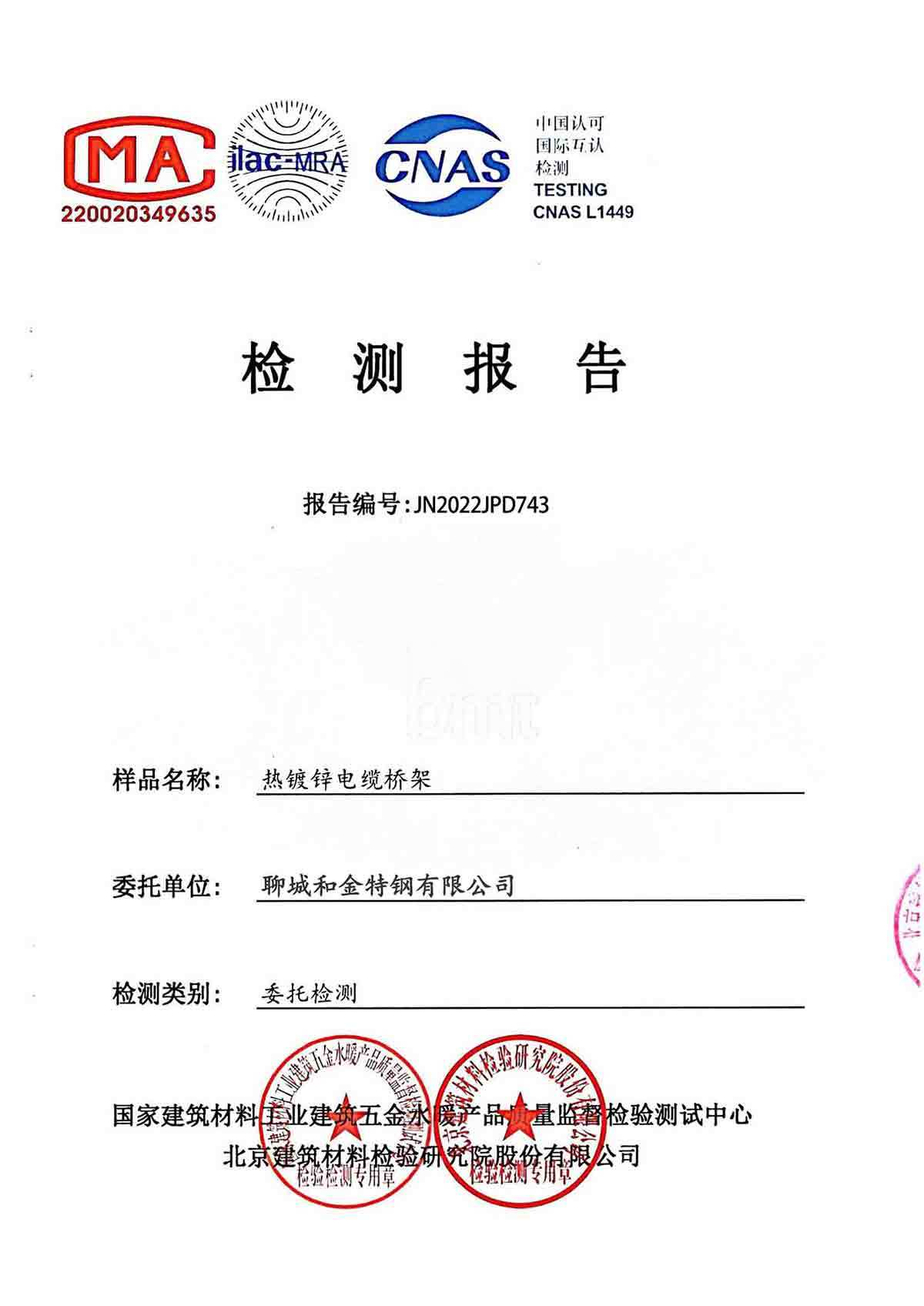



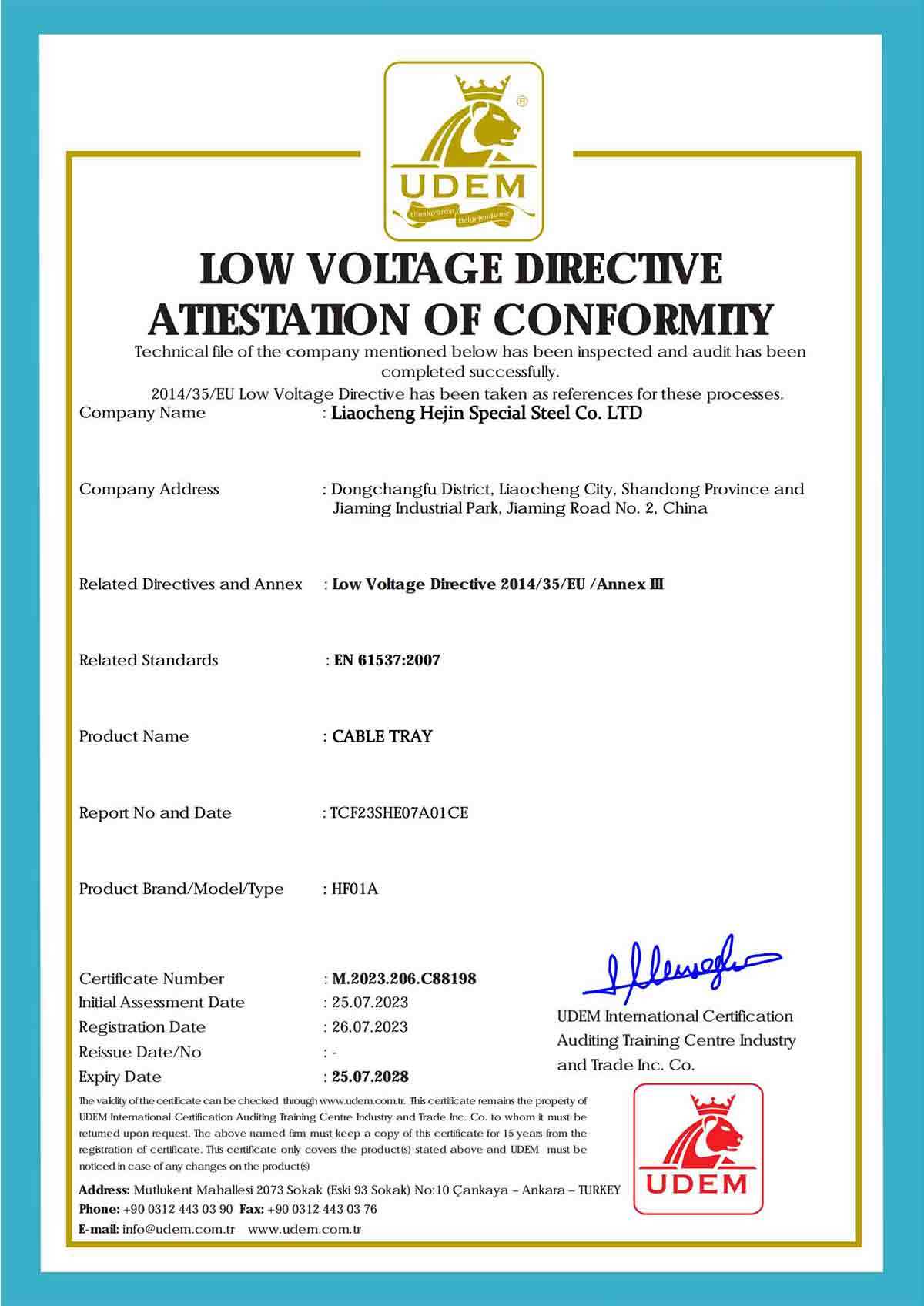




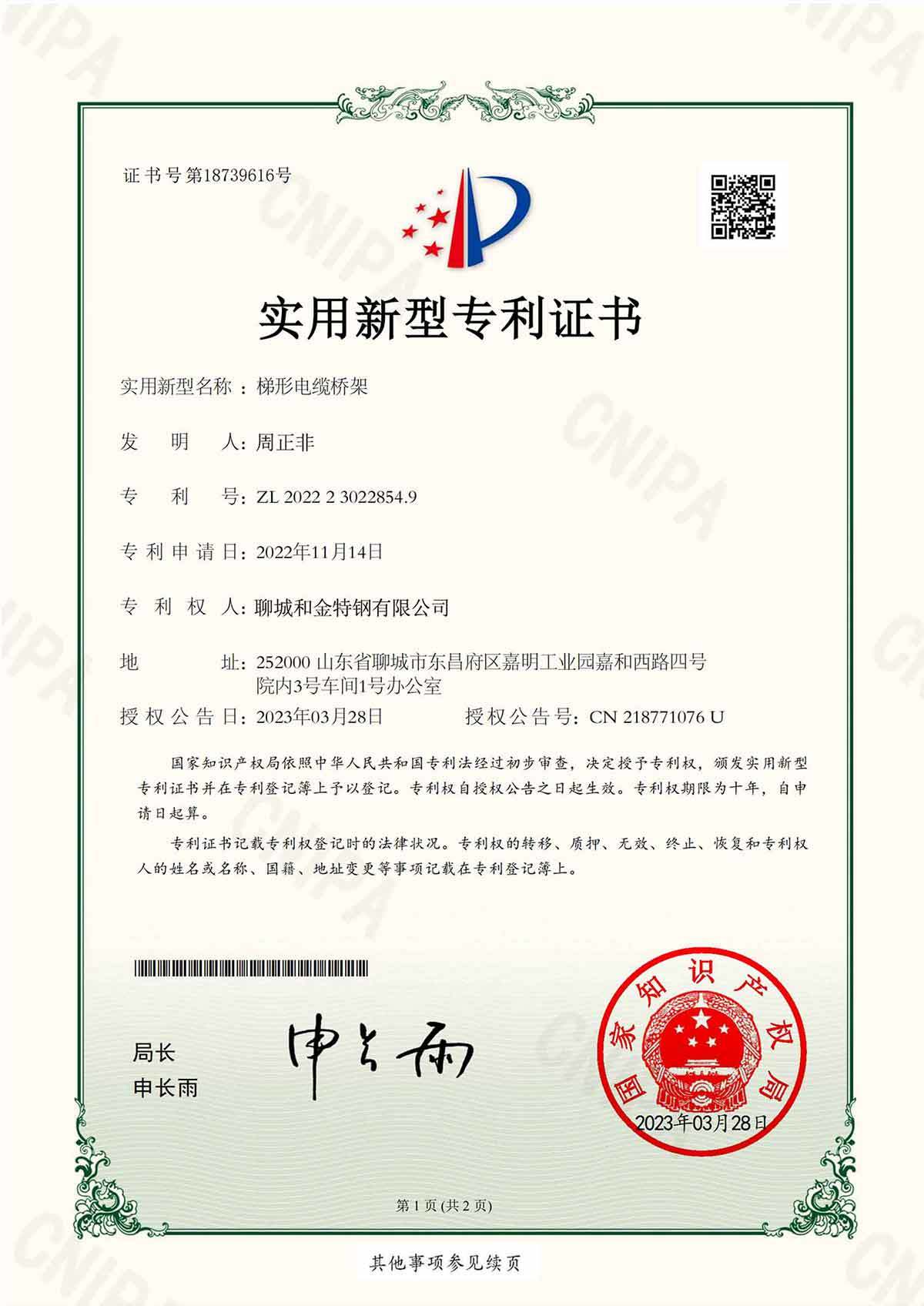

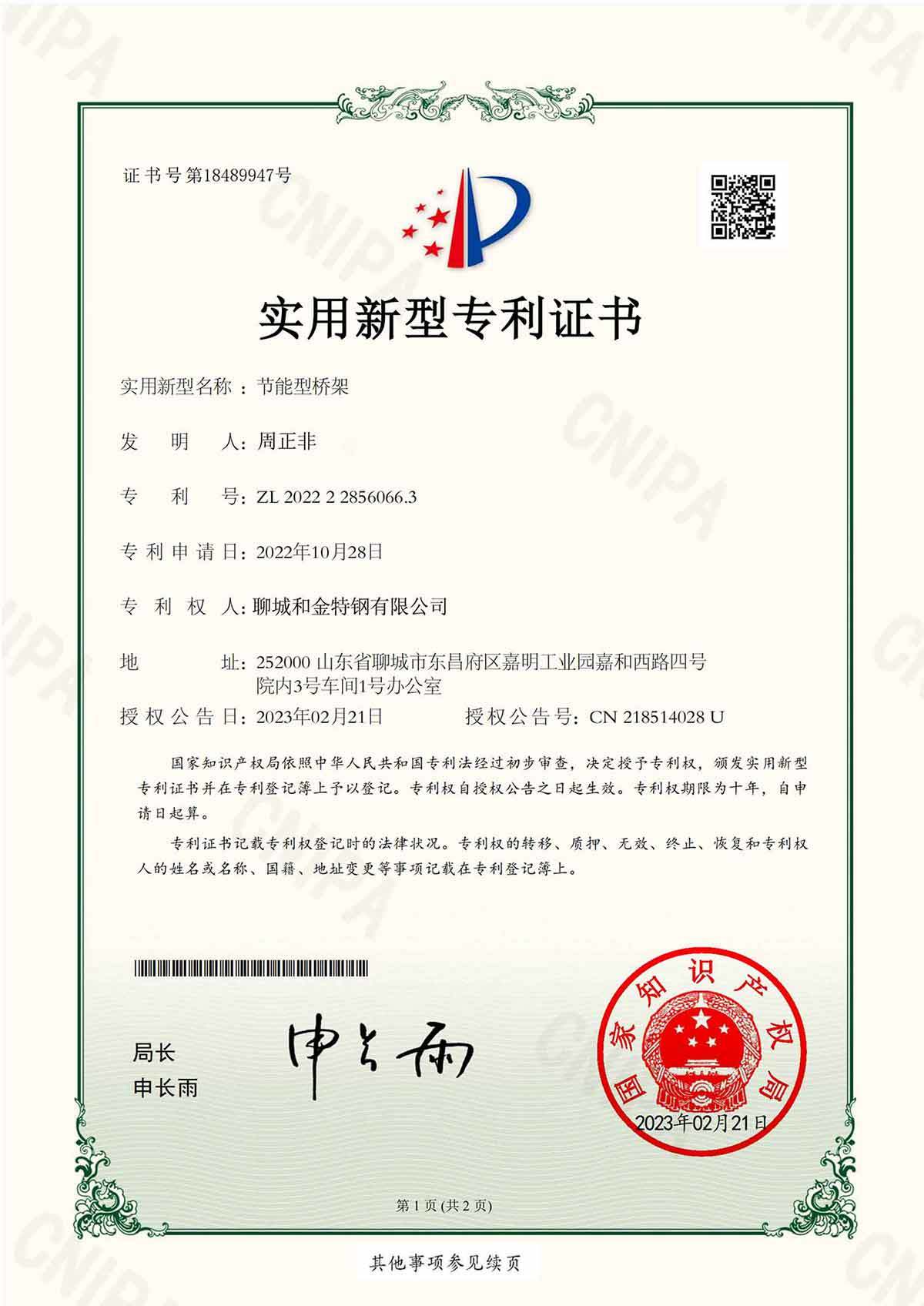
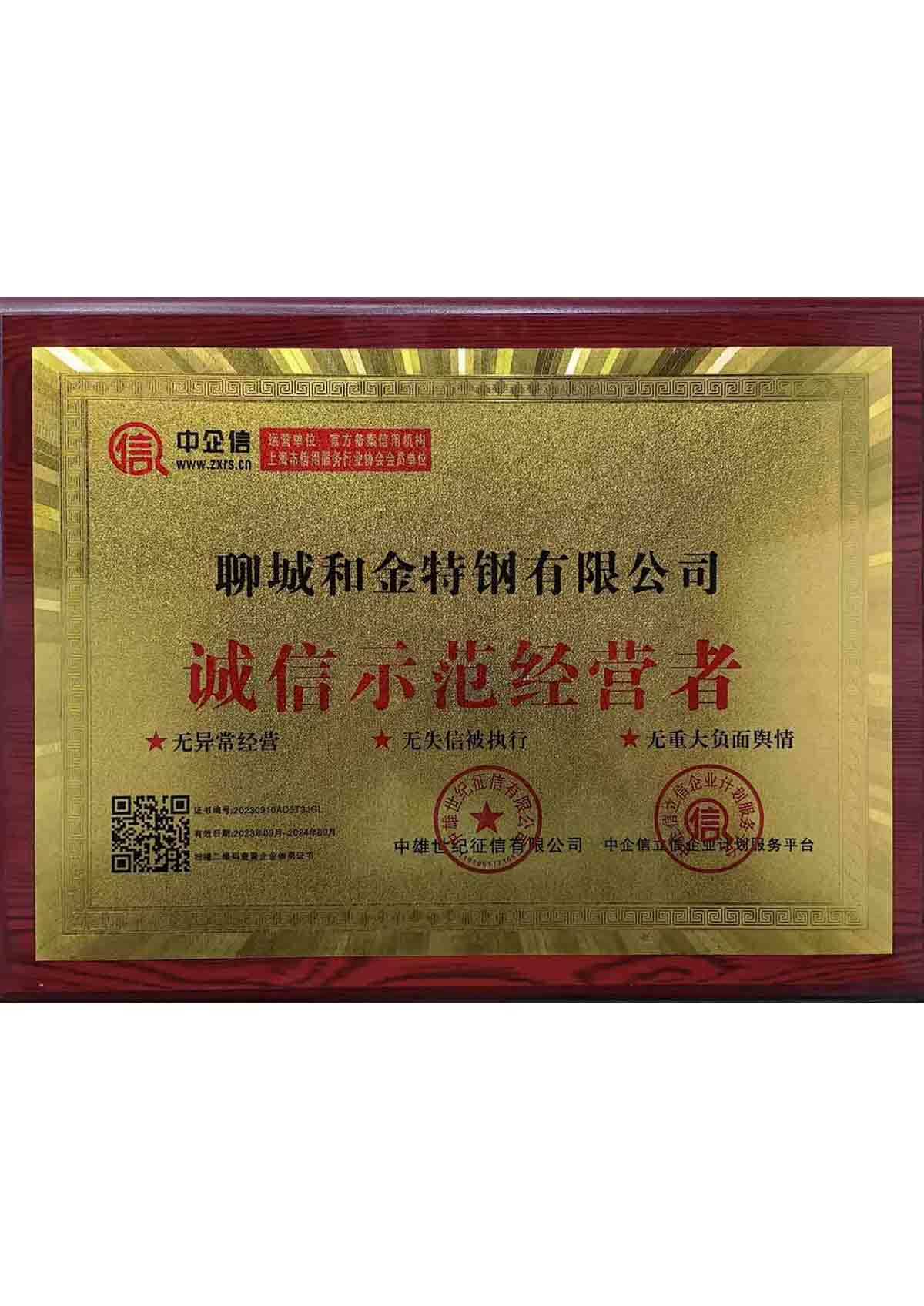
RELATED PRODUCTS
GET A FREE QUOTE





